Art has always been a realm where creativity knows no bounds, and sometimes, it ventures into the outlandish. In a world where a clever concept can be deemed as valuable as the skillful stroke of a brush, some artworks have gone beyond pushing the envelope—they’ve ripped it apart. From absurd installations to peculiar performances, here are ten pieces of art that have sold for millions, leaving many of us scratching our heads in disbelief. Let’s dive into these quirky creations and the jaw-dropping sums they fetched.
1. The Infamous Banana and Duct Tape

When you think of high art, a banana duct-taped to a wall might not be the first image that comes to mind. Yet, this was exactly what Italian artist Maurizio Cattelan presented at Art Basel Miami Beach in 2019. This piece, aptly titled “Comedian,” wasn’t just a whimsical statement; it became a viral sensation. According to The Guardian, the work sold for a staggering $120,000. What made it even more intriguing was the fact that the artist published a certificate of authenticity for the concept, allowing buyers to recreate it at will.
The banana wasn’t eternal, destined to rot, and yet, it commanded such a price, highlighting art’s ephemeral nature. The sale sparked discussions about what constitutes art in the modern era—was it the banana, the idea, or the story behind it? Cattelan, known for his satirical approach, seemed to be challenging the boundaries of art and the marketplace itself. It also led to multiple performances, including one where an artist ate the banana, aptly titled “Hungry Artist.” Love it or hate it, this piece was a masterclass in capturing the public’s imagination—and wallet.
2. A Blank Canvas with Infinite Potential
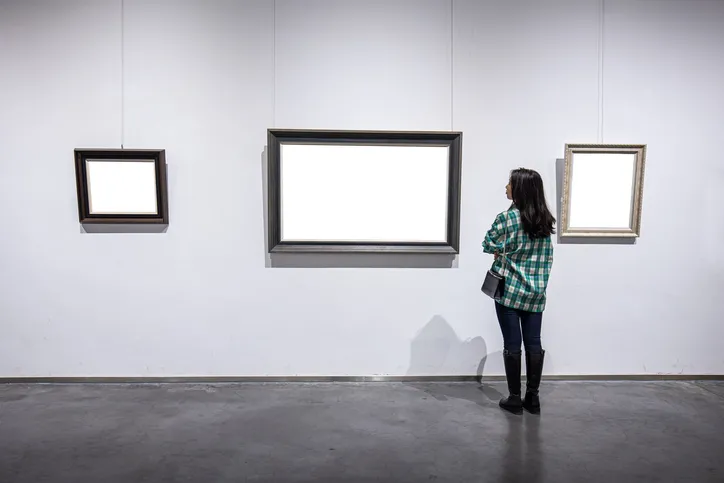
In 1951, Italian artist Piero Manzoni took minimalism to an entirely new level with his “Achrome” series. These were canvases deliberately left blank, inviting viewers to project their own interpretations and emotions onto the white surfaces. Fast forward to 2014, and one of these blank canvases sold for an astonishing $20 million at a Sotheby’s auction in London. The sale raised eyebrows and sparked debates about the essence of creativity and the value of art beyond the tangible. According to The Art Story, Manzoni’s intention was to strip art of preconceived ideas, leaving only the pure, untouched canvas.
The philosophical underpinning of Manzoni’s work is what makes it so compelling and contentious. By leaving the canvas blank, he was arguably challenging the viewers to question their expectations and engagement with art. Art enthusiasts often debate whether the value lies in the execution or the concept itself. This piece serves as a testament to how the absence of action can speak volumes. It also blurs the delineation between artist and observer, making art a collaborative experience. Whether seen as an avant-garde masterpiece or a perplexing prank, Manzoni’s work commands its place in art history.
3. The Disappearing Act: An Invisible Sculpture

In a bold statement on the impermanence of art and perception, Italian artist Salvatore Garau presented an invisible sculpture titled “Io Sono,” which translates to “I Am.” Sold in 2021 for €15,000, the piece made headlines for being completely invisible to the naked eye. The artist provided buyers with a certificate of authenticity, specifying the dimensions of the space where the sculpture existed, but there was nothing physically there. According to Vinnie Jinn, Garau insists that the piece is a “vacuum,” essentially making the absence of material the core of his creation.
This controversial auction ignited discussions about the role of imagination and belief in the art world. The “sculpture” was an exercise in faith, prompting viewers to consider the space around them in a new light. While some hailed it as groundbreaking, others criticized it as an elaborate hoax on the gullible nature of art investors. Despite the debates, Garau successfully made an intangible concept tangible through conversation and controversy. His work redefines the relationship between creator and audience, leaving us to ponder whether art needs to be seen to be valued. In a world often obsessed with visuals, this piece serves as a poignant reminder of art’s more abstract, philosophical dimensions.
4. An Explosion of Color with No Paint in Sight

In 2008, a painting titled “My Bed” by British artist Tracey Emin shocked the art world when it sold for £2.5 million at a Christie’s auction in London. The piece, a literal unmade bed surrounded by personal items, including condoms, underwear, and empty vodka bottles, was a raw, intimate portrayal of Emin’s life. It was first exhibited in 1999 and became a finalist for the prestigious Turner Prize. The work’s authenticity and vulnerability resonated with viewers, sparking debates about the boundaries of art and privacy. Rather than traditional mediums, Emin used her personal life and experiences as her canvas, creating a visceral connection with the audience.
Critics and enthusiasts alike were divided over whether “My Bed” deserved its hefty price tag, yet its impact was undeniable. For some, it was a candid exploration of human existence, vulnerability, and chaos. For others, it was an overvalued spectacle. Nevertheless, Emin’s work has paved the way for more personal, confessional art, influencing contemporary artists worldwide. It questions the nature of art as a reflection of self, challenging traditional narratives and inviting viewers to witness the artist’s authentic, unfiltered reality.
5. A Record-Breaking Balloon Animal
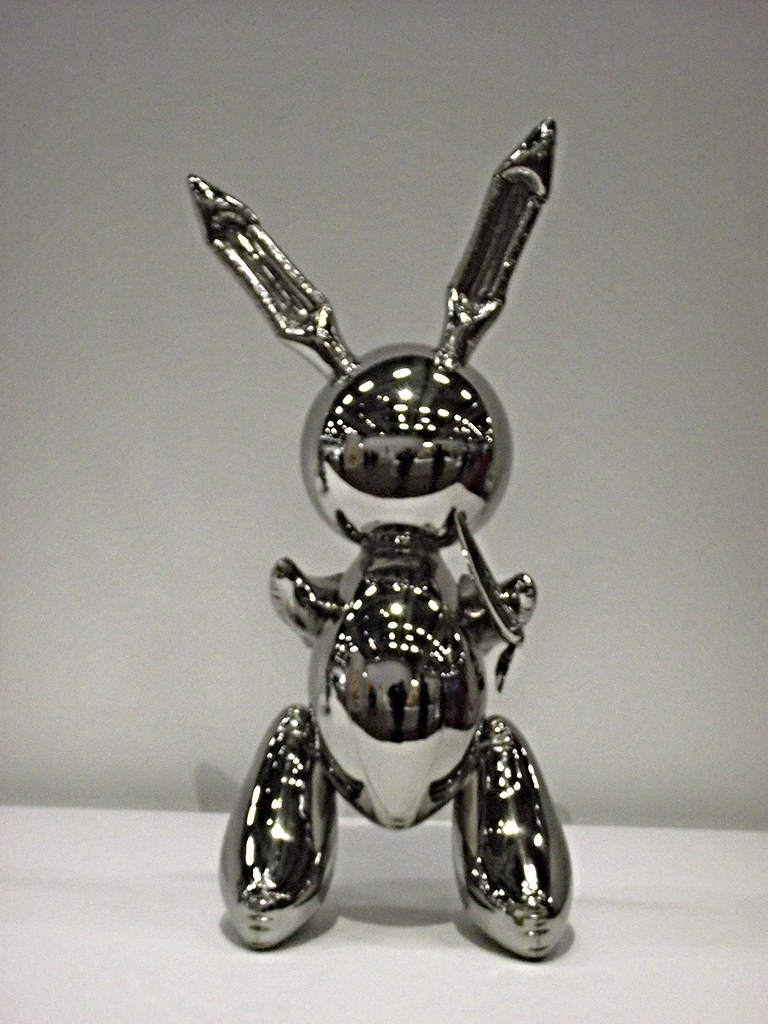
Jeff Koons, a name synonymous with kitsch and consumer culture, shattered records with his stainless steel sculpture “Rabbit,” which sold for over $91 million at a Christie’s auction in 2019. This iconic work from 1986, standing at just over three feet tall, is a mirror-like balloon animal that challenges perceptions of pop culture and high art. Despite its playful appearance, “Rabbit” is a study in contrasts—lightweight in form yet crafted from heavy, reflective materials. The sculpture’s whimsical nature combined with its sophisticated execution highlights Koons’ mastery of visual irony.
Collectors and critics have both praised and critiqued Koons’ work for its commentary on consumerism and the art world’s commodification. The sale of “Rabbit” set a new benchmark for the most expensive work by a living artist sold at auction, a testament to its cultural and monetary value. Koons’ ability to merge kitsch with high art has sparked debates about elitism and accessibility in art, challenging traditional values and audiences. “Rabbit” stands as a symbol of how art can be both playful and profound, opening dialogues about the intersection of art, commerce, and society. Whether seen as genius or gimmick, Koons’ work continues to intrigue and influence the art world.
6. The Invisible Sculpture That’s Making Waves

Echoing the ethos of conceptual art, Yves Klein’s “Zone de Sensibilité Picturale Immatérielle,” or “Zone of Immaterial Pictorial Sensibility,” might be one of the earliest examples of art that thrives on the viewer’s perception rather than physical presence. Created in the 1950s, Klein sold empty spaces, or zones, which buyers could purchase with gold. In a ceremonious ritual, the buyer would burn the receipt and throw half the gold into the Seine River, symbolizing the transference of immaterial value. This transaction underscored Klein’s belief in the power of art as an invisible force that transcends physical limitations.
Klein’s work questions the role of ownership and materiality in art, prompting profound philosophical reflections. It challenges the notion of value, suggesting that belief and perception are as crucial as tangible objects. While not a physical artwork, it remains a poignant commentary on the essence of art and the intangible nature of creativity. Klein’s radical approach has influenced generations of artists, encouraging them to explore the unseen and the unspoken. This invisible artwork continues to capture the imagination, redefining the boundaries of what art can be in an ever-evolving landscape.
7. The Unattainable Balloon Dog
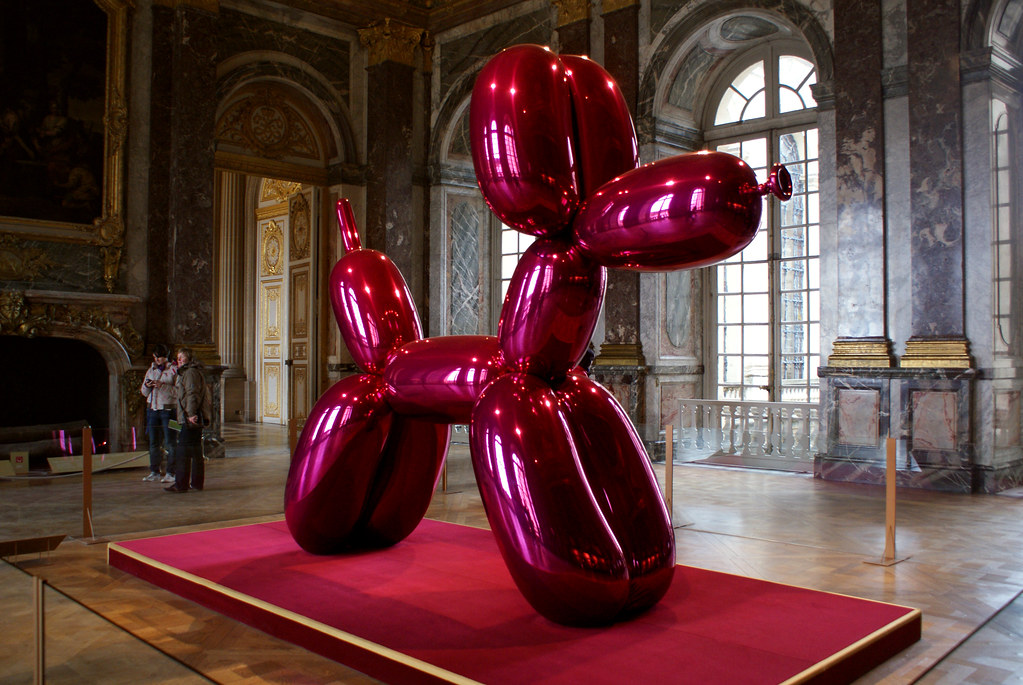
Jeff Koons makes another appearance on this list with his iconic “Balloon Dog (Orange),” a shiny, colossal sculpture that fetched $58.4 million at auction in 2013. Standing at over ten feet tall, this stainless steel replica of a balloon animal is both an homage to childhood joy and a critique of commercial culture. Its reflective surface invites viewers to see themselves within the art, creating a participatory experience. As part of a series, each “Balloon Dog” is a vibrant celebration of form and color, challenging the perception of scale and material.
Koons’ work often blurs the line between high art and mass production, sparking discussions about authenticity and value. The sale marked a record for the highest price achieved by a living artist at the time, illustrating the significant impact of Koons’ work on the contemporary art market. “Balloon Dog” is more than just a sculpture; it’s a cultural icon that encapsulates the playful yet profound nature of art. It also raises questions about nostalgia, capitalism, and the consumerist tendencies of modern society. As with much of Koons’ work, it continues to polarize opinion, simultaneously loved and loathed by critics and audiences alike.
8. The Shredded Masterpiece That Shocked the World
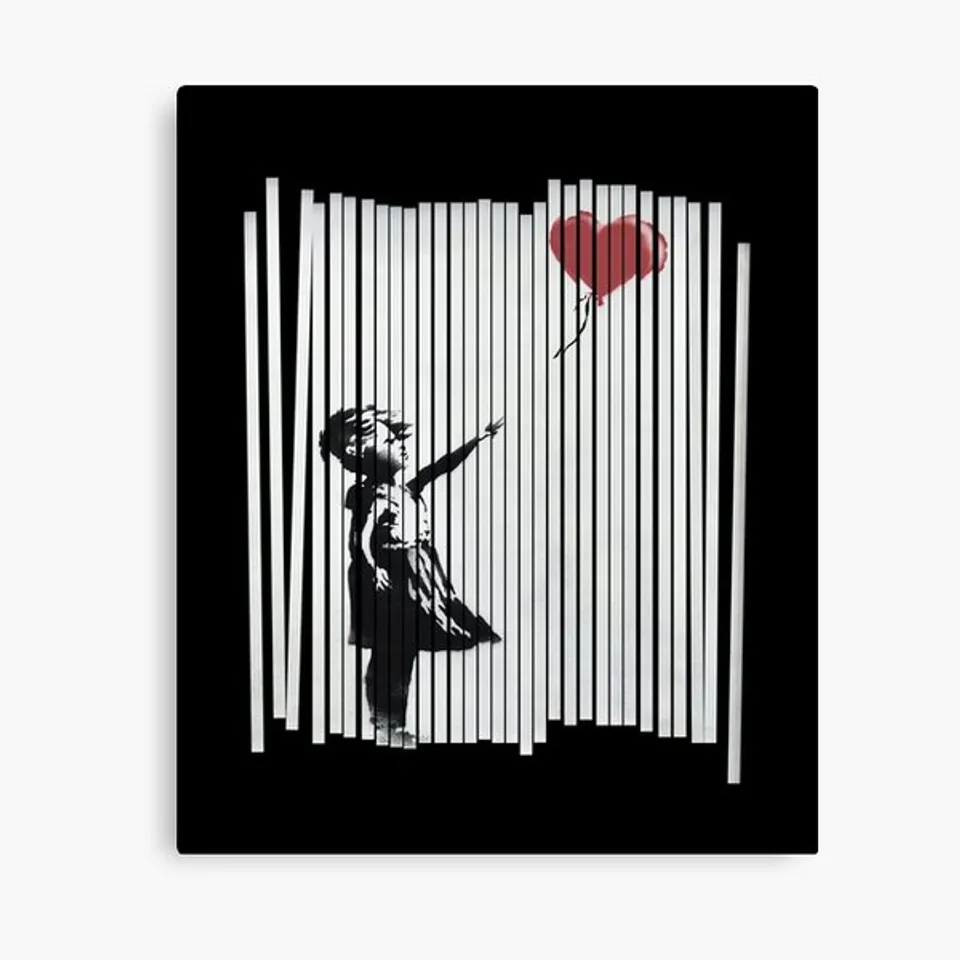
Banksy, the elusive street artist, astounded the art community with a live stunt during a Sotheby’s auction in 2018. As the gavel fell on “Girl with Balloon,” a hidden shredder within the frame activated, partially destroying the artwork. Renamed “Love is in the Bin,” the piece now exists as a half-shredded canvas, symbolizing art’s ephemeral nature and the unpredictability of its value. Despite its transformation, the artwork gained an iconic status, selling for a record-breaking $25.4 million in 2021.
The incident was a provocative critique of the art market, questioning the commercialization and commodification of art. Banksy’s intervention transformed the piece into a living performance, challenging traditional notions of preservation and permanence. It’s a testament to the artist’s ability to subvert expectations and engage audiences in a dialogue about art’s true worth. The shredded canvas blurs the line between creation and destruction, highlighting the transient beauty of art. The event remains one of the most talked-about moments in recent art history, underscoring Banksy’s unmistakable influence on contemporary culture.
9. The Abstract Expression of a Single Color
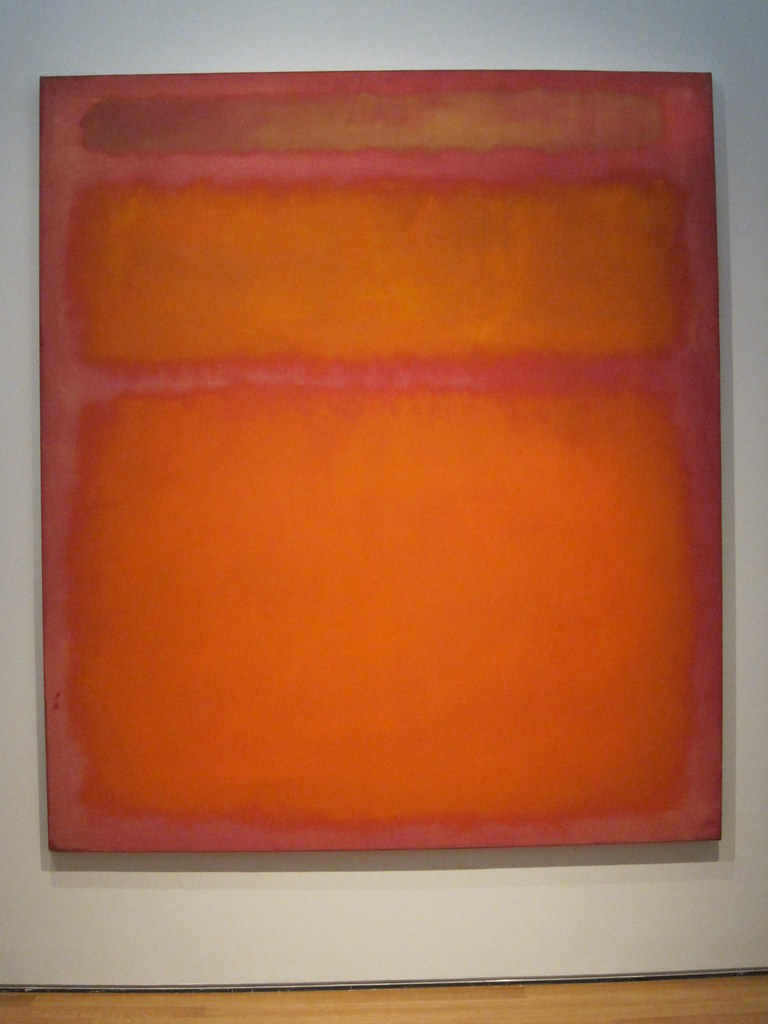
Mark Rothko, renowned for his color field paintings, redefined abstraction with his ethereal use of color and space. In 2012, one of his works, “Orange, Red, Yellow,” fetched an impressive $86.9 million at auction. Consisting of three horizontal bands of color, the piece invites viewers into a meditative state, exploring the emotional resonance of hues. Rothko’s work is celebrated for its simplicity and depth, challenging viewers to look beyond the surface and engage with the emotional experience of color.
Rothko’s paintings evoke a profound sense of contemplation, encouraging viewers to immerse themselves in the vastness of his canvases. The sale of “Orange, Red, Yellow” underscores the enduring appeal of Rothko’s work and its impact on the art world. His approach to color and form has influenced countless artists, bridging the gap between abstraction and emotion. The work is more than just a visual experience; it’s an invitation to connect with the artist’s exploration of the human condition. Rothko’s legacy continues to captivate audiences, proving that simplicity can be profoundly powerful.
10. A Jigsaw Puzzle of a Blue Chip Art
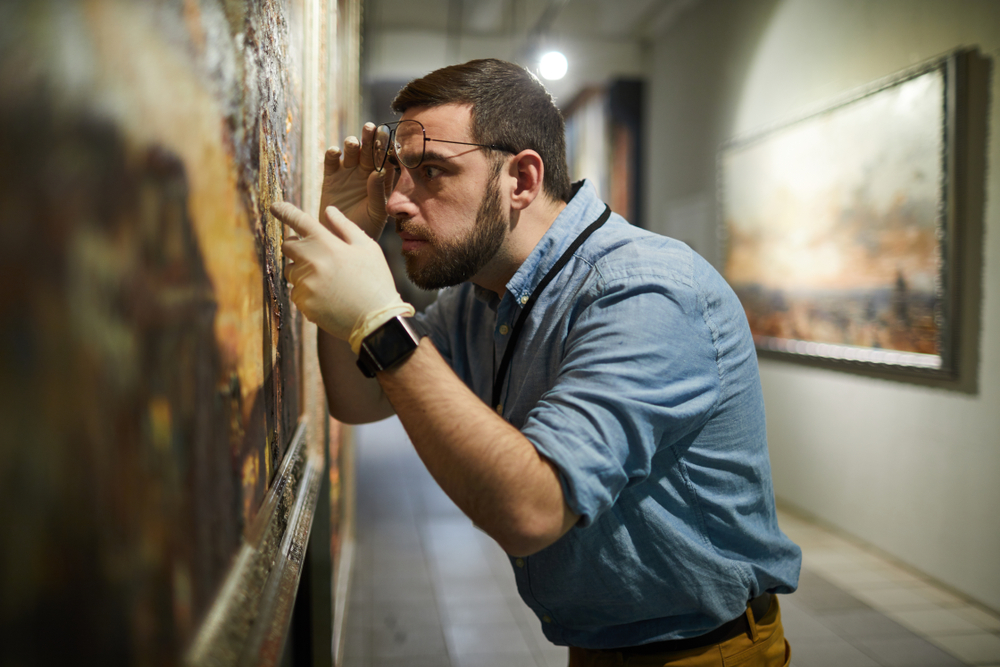
In 2020, Damien Hirst made headlines with his audacious approach to art sales, presenting “The Currency,” a series of unique hand-painted dots on paper. This collection was offered up as NFTs, each representing a physical artwork, merging the digital and physical art worlds. The project challenged traditional art ownership concepts, with buyers having to decide whether to keep the digital token or opt for the physical piece. The innovative sale strategy resulted in millions being exchanged, symbolizing a radical shift in the art market.
Hirst’s “The Currency” is a commentary on the intersection of art, technology, and finance, questioning the nature of value and authenticity. By blending traditional art forms with digital innovation, Hirst engages audiences in a dialogue about the future of art consumption and ownership. The project’s success highlights the growing influence of digital art and NFTs in contemporary culture, pushing the boundaries of what art can be. It also raises questions about the role of the artist in an increasingly digital world, challenging conventions and redefining the art market landscape. As with much of Hirst’s work, “The Currency” is both a commercial and conceptual triumph, illustrating the ever-evolving nature of art.
This article is for informational purposes only and should not be construed as financial advice. Consult a financial professional before making investment or other financial decisions. The author and publisher make no warranties of any kind.








